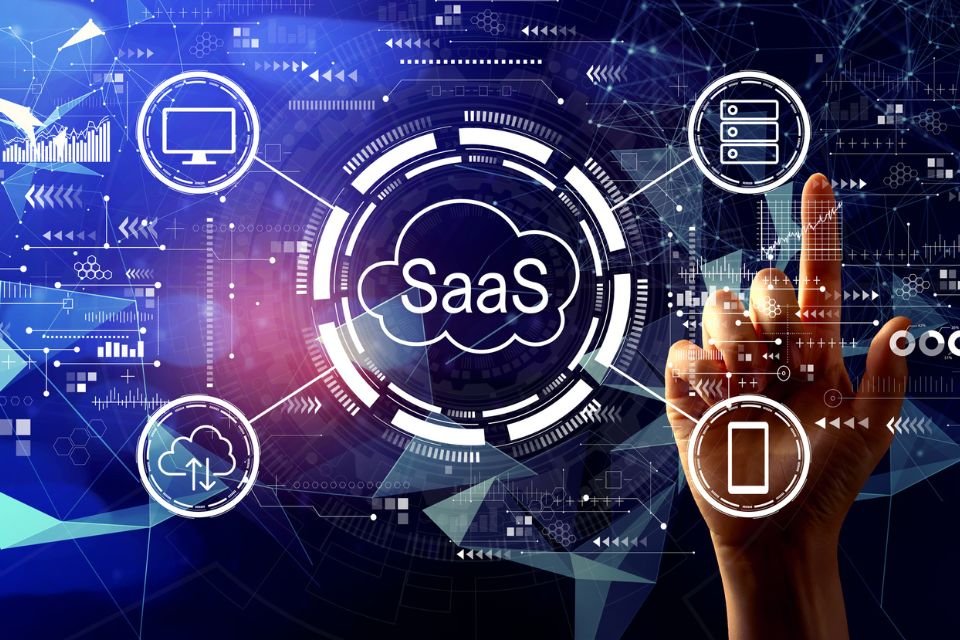The advancement of technology provides a universe of opportunities for companies. And not only to grow the business, but also reputation from a customer-centric positioningwith a commitment to always make the experience special and unique.
Among these developments, I cannot pass without mentioning the concept of ‘Everything as a Service’ (XaaS), which accompanies the consumer’s behavior of preferring use over ownership. Last year, the global XaaS market Everything as a servicereached $198.6 billion, according to research firm IMARC Group. It estimates that this market will reach US$624.1 billion by 2027.
From a technology standpoint, and still in the XaaS universe, all companies must heed the acronym SaaS or Software as a Service in order to thrive and stay competitive.
SaaS in practice, organizations Access your data across multiple systems from any internet-connected device. Servers and databases are hosted in the cloud by vendors who can operate the system remotely. In other words, companies don’t have to worry about hardware or software maintenance or updating as they run on providers’ servers.
According to ReportLinker cloud computing research, the technology trend started in 2019 just before the pandemic and continues with an average of 18% growth per year. In addition, Gartner estimates that 50% of organizations worldwide will use SaaS to accelerate their business initiatives by 2027.
What are the advantages of using Saas?
According to a survey published by Ranktracker in 2022, according to a survey of 70% of CIOs, I answer in two words: agility and scalability.
Regardless of company size, making the business scalable is a premise in today’s increasingly competitive market. On the other hand, agility, which places an increasing value on hyper-personalization, real-time responses and solutions, is essential to increase productivity and the ability to make the customer experience unique.
As an optional software, It even allows companies to choose the services they want to purchase.r, keyword personalization and halving operational costs based on use cases.
Another important point is data security. Access to the system is controlled by login and password, various layers of built-in security and fast tracking of breaches that may arise prevent, for example, unauthorized data leakage.
Unlike traditional software (known as “on-site”), you don’t have to worry about hardware updates and maintenance. With this, companies always have access to a state-of-the-art service and collaborate for more efficient exhibition management by automatically taking advantage of all updates available in the software.
These are just a few of the (real and fundamental) benefits and effects provided by Software as a Service for business. As a supporter of this model, I argue that companies and moreover professionals who have not yet adapted to the reality of ‘Everything as a Service’ and especially SaaS are prone to become obsolete and weakened.
The expectation is that each year the model will be implemented in more companies from the most diverse industries that will surf this permanent wave in an irreversible movement that we all must be in. ready.
* Raphael Godoy is Head of SaaS Revenue (CRO) at customer experience platform Zenvia
Source: Tec Mundo










